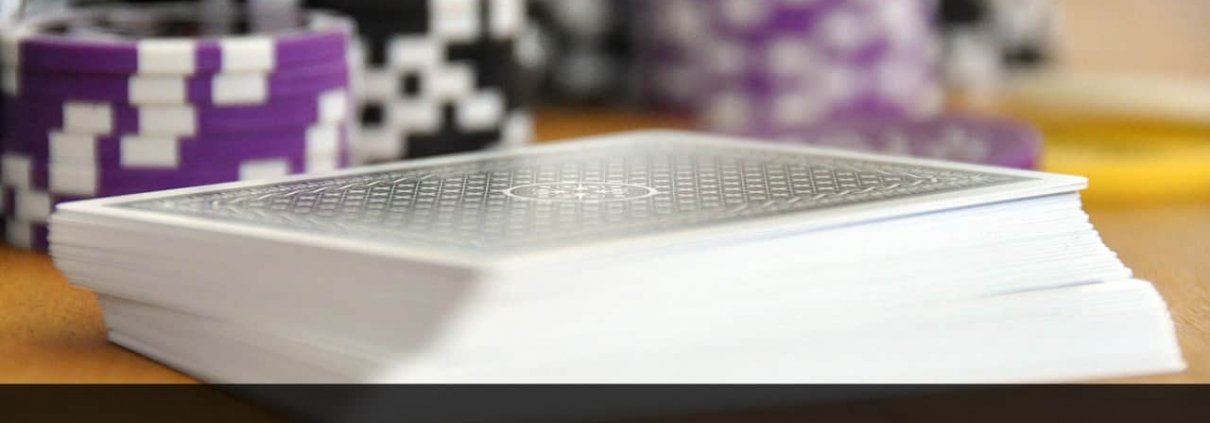Continuation Betting
Opening Pots and Continuation Betting
Something I’ve noticed while playing in our games here is the frequency of people opening pots by raising and continuation betting on the flop. I see a large number of people that make a continuation bet literally every time that they raise before the flop. Continuation betting is generally a good play but if you do not understand why you are making that bet or what situations call for a different decision then there”s a good chance you have a leak that you can plug.
If you are not familiar with the term a continuation (or C-bet for short) is when a person who raised before the flop makes the first bet after the flop either when the player is first to act or after everyone else checks to them. It is called a continuation bet because the player that is taking the aggressive action before the flop by raising continues that aggressive action on the flop by betting. The C-bet puts pressure on your opponent(s) and can cause tighter players to fold if they missed the flop allowing you to win the pot without having to actually make or have a good hand. Keep in mind that 65% of the time a player with a non-pair hand does not make a pair on the flop. At first glance it seems that you would always want to C-bet to get those players to fold but there are also situations where C-betting is virtually the same as taking money out of your pocket and handing it to the other players. Recognizing these situations will help you to improve your overall results.
One of the most common C-bet mistakes I see being made is when the preflop raiser gets many callers and the flop comes out very coordinated or what is known as a wet board. A dry or uncoordinated board is one that has no reasonable straight draws or flush draws. An example of this would be if the flop came queen seven deuce all different suits (rainbow). A board of Q72 with no flush draws is a very dry board with no apparent draws. Boards like these are great boards to C-bet as most drawing hands missed and will throw away their hands. A wet board would be something like 987 with a flush draw (two-tone) or even cards of all of the same suit (monotone). Those are boards that if you missed with your hand you do not want to C-bet into multiple opponents. I have seen players raise with AK or AQ and then C-bet wet boards such as 987 all of the same suit despite them not having even a flush draw. Against one opponent this might be worth a C-bet but if you have been called by more than one your C-bet is unlikely to win the pot and your opponents are very likely to be going all the way to the river. Situations like these call for some discretion as the negatives far outweigh the positives. With a wet board and multiple opponents it is unlikely that they will all fold. Making a C-bet in this situation is practically giving money away when you consider the following:
You are at risk of being outdrawn on the rare occasions that you still have the best hand. Even if making a pair will give you the best hand two of those cards that pair your hand also make a 4 card flush on the board. You’re basically drawing at 4 outs. There’s also the possibility that you’re already drawing dead. For you to win this hand all of your opponents need to have missed all their pairs and all their draws. I have seen people make the argument for C-betting the flop and then seeing how their opponents react to the bet and evaluating the situation again on the turn. While this might be a decent strategy against one opponent it simply does not work often enough in this type of situation against multiple opponents to be profitable. You are much better off checking and folding when faced with a bet.
If everyone checks the flop and the turn card is a brick or a scare card and if there are only a couple of other players you might choose to bet the turn. With only one card to come anyone without a made hand or with only a marginal hand may fold. Some of the draws may fold if the pot odds are wrong the scare card may discourage others (for example an Ace comes and they have KQ) and players with middle or under pairs may fold.
If you find yourself in a situation that is similar to the one I described take an extra few seconds to weigh the pros and cons of your options and don’t just keep betting because you raised earlier. You will see your bottom line improve and your opponents will take notice and give your C-bets more respect winning you more pots without going to a showdown! Be aware of the texture of the board and give some thought before you fire out your C-bet and I promise your game and bottom line will improve.
Until next time see you at the tables!


